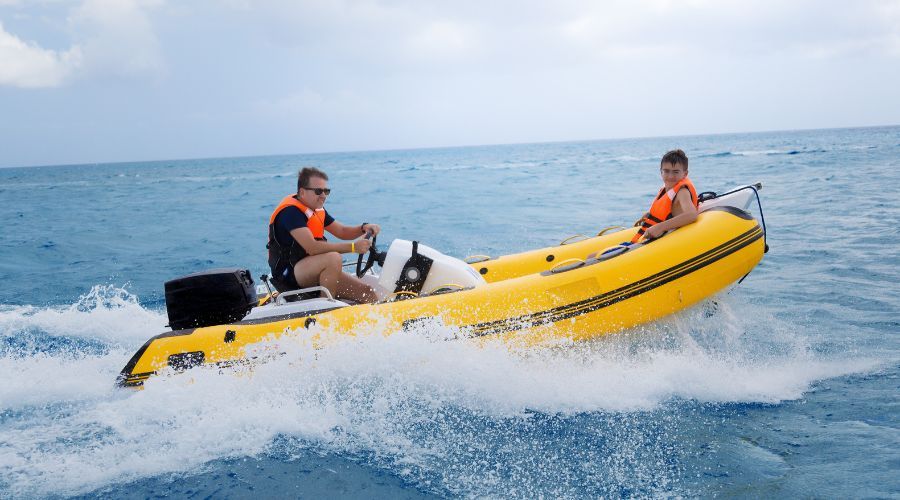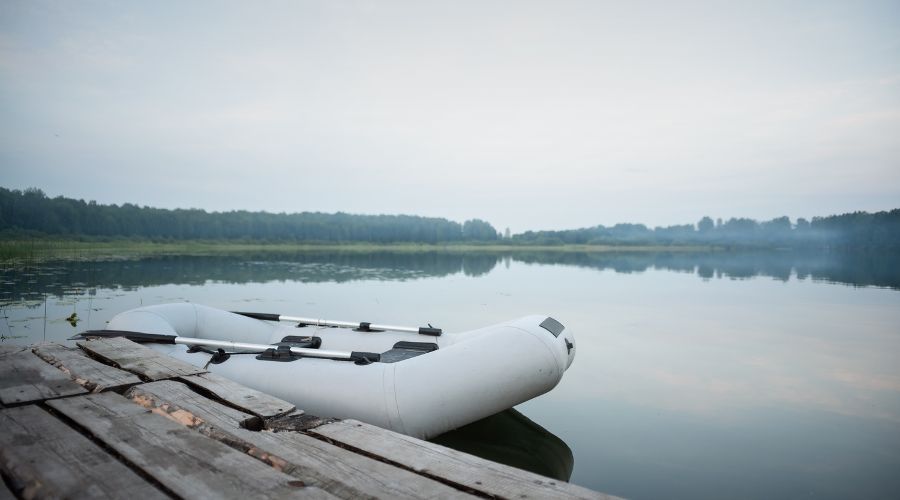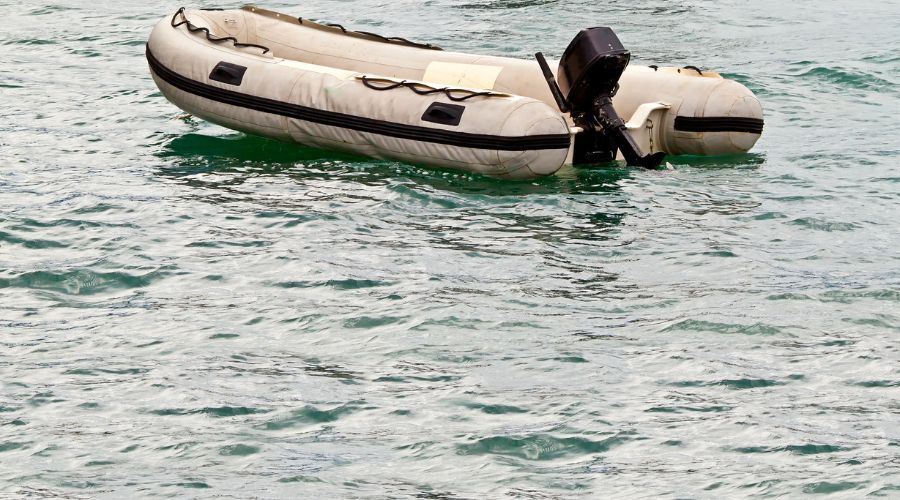
If you're looking for a lightweight and durable watercraft, a PVC boat might be just what you need. PVC boats, also known as PVC inflatable boats, have become increasingly popular among boaters due to their affordability, portability, and versatility. In this article, we'll explore the ins and outs of PVC boats, including the various types of PVC inflatable boats, the advantages of PVC boat fabric, anchoring a PVC boat, and repairing a PVC inflatable boat using a repair kit.
Several PVC inflatable boats are available on the market, each with unique features and benefits. These are some of the most common types of PVC boats:
Dinghies are small, inflatable boats that can be used as a tender or a backup ship. They're usually less than 10 feet long and can be easily stored on a larger vessel.

Rafts are larger, inflatable boats designed for whitewater rafting, fishing, or leisure activities. They're designed to be more stable and hold more weight than dinghies.
PVC inflatable kayaks are perfect for recreational paddling, fishing, or touring. They're lightweight, easy to store, and can be transported in the trunk of a car.
Stand-up paddleboards, or SUPs, are gaining popularity for their versatility and ease of use. They're great for flat water paddling, yoga, and even surfing.
PVC boat fabric is made from a durable, synthetic material designed to withstand harsh marine environments. Here are some of the benefits of PVC boat fabric:
PVC boat fabric is highly resistant to tears, abrasions, and punctures. It can withstand exposure to saltwater, UV rays, and extreme temperatures, making it ideal for use in harsh marine environments.

PVC boat fabric is much lighter than traditional wood, fiberglass, or aluminum materials. This makes PVC boats easier to transport and store and more fuel-efficient.
PVC inflatable boats are typically less expensive than other boats, and PVC boat fabric is a cost-effective material that doesn't compromise quality or durability.
Anchoring a PVC boat requires basic boating knowledge and a few essential tools. Here's how to anchor a PVC inflatable boat:
The anchor you choose should consider the size and weight of your PVC boat and the conditions you'll be anchoring in. A fluke anchor is a popular choice for PVC boats, as it's lightweight and easy to handle.

Once you've chosen your anchor, slowly approach the desired anchoring spot and drop the anchor over the side of the boat. Pay out the anchor line until you've reached the desired length, and then secure the line to a cleat or other secure point on the ship.
Once the anchor is set, tug at it to ensure it holds. You may need to reposition the boat or choose a different anchoring spot if the current one is not working.
Even the most durable PVC inflatable boats can develop leaks or punctures over time. Repairing a PVC boat is easy with a PVC inflatable boat repair kit. Here's how to fix a PVC inflatable boat using a repair kit:
Before you can repair your PVC inflatable boat, you must identify the source of the leak. Prepare the Surface: Once you've identified the leak, clean the surrounding area with a mild detergent and a soft-bristled brush. Ensure the area is thoroughly rinsed and allowed to dry completely.
Cut a patch from the repair kit material that is larger than the damaged area.
Apply a thin layer of adhesive to the back of the patch and press it firmly onto the damaged area.
Smooth out any bubbles or wrinkles.
Allow the Adhesive to Dry: Follow the manufacturer's instructions and let the adhesive dry completely.
Once the adhesive is dry, inflate the boat to its recommended pressure and check the repair for leaks. If there are no leaks, your repair is complete.
PVC boats are excellent for lightweight, durable, and cost-effective watercraft. With their portability and versatility, PVC inflatable boats can be used for a wide range of water activities, including fishing, touring, white-water rafting, and surfing. PVC boat fabric is highly resistant to tears, abrasions, and punctures, making it ideal for harsh marine environments. Anchoring a PVC boat requires basic boating knowledge and a few essential tools. Repairing a PVC inflatable boat using a repair kit is a straightforward process that anyone can do. No matter how much experience you have or how new you are to boating, a PVC boat is the perfect choice for your next aquatic adventure.
